Sharawadgi
Project details
Type: Research-based
Year: 2022
Medium: Essay film, performance,
video walk
Type: Research-based
Year: 2022
Medium: Essay film, performance,
video walk
《
Sharawadgi
》在平凡的城市景观中探索无秩序的美,它通过标定、观察、窥视和挑衅来识别和干预伦敦斯特拉特福的10处平凡城市景观,并结合一位17世纪驻伊丽莎白女王宫的大使对中国古典园林的独特看法,来探索这些城市景观因粗心或无序而产生的令人印象深刻的品质。
现场干预采用了视频行走的方式,通过划定一条特定的路线,邀请公众在观看视频的同时游历这些地点。表演性的叙述串联了过去和现在,启发公众以一种新的方式看待城市中的平凡事物。
“ Sharawadgi ” explores the beauty of disorder within ordinary urban landscapes, employing delineation, observation, voyeurism, and provocation to identify and intervene in ten mundane landscapes in Stratford, London. Combined with the unique perspective of a 17th-century ambassador to Queen Elizabeth on classical Chinese gardens, the project delves into the impressive qualities arising from carelessness or disarray in these urban landscapes.
The live interventions take the form of video walks, where a specific route is mapped out, inviting the public to simultaneously view the videos and traverse these places. The performative narrative connects the past and present, inspiring the public to perceive everyday elements within the city in a fresh light.
现场干预采用了视频行走的方式,通过划定一条特定的路线,邀请公众在观看视频的同时游历这些地点。表演性的叙述串联了过去和现在,启发公众以一种新的方式看待城市中的平凡事物。
“ Sharawadgi ” explores the beauty of disorder within ordinary urban landscapes, employing delineation, observation, voyeurism, and provocation to identify and intervene in ten mundane landscapes in Stratford, London. Combined with the unique perspective of a 17th-century ambassador to Queen Elizabeth on classical Chinese gardens, the project delves into the impressive qualities arising from carelessness or disarray in these urban landscapes.
The live interventions take the form of video walks, where a specific route is mapped out, inviting the public to simultaneously view the videos and traverse these places. The performative narrative connects the past and present, inspiring the public to perceive everyday elements within the city in a fresh light.
Sharawadgi:
"sa luo gui qi" (洒落瑰琦) meaning "quality of being impressive or surprising through careless or unorderly grace"
"san luan "(散亂) or "shu luo "(疏落), both meaning "scattered and disorderly", in combination with "wei zhi" ( 位置, position and arrangement) to mean "space tastefully enlivened by disorder"
"sa luo gui qi" (洒落瑰琦) meaning "quality of being impressive or surprising through careless or unorderly grace"
"san luan "(散亂) or "shu luo "(疏落), both meaning "scattered and disorderly", in combination with "wei zhi" ( 位置, position and arrangement) to mean "space tastefully enlivened by disorder"
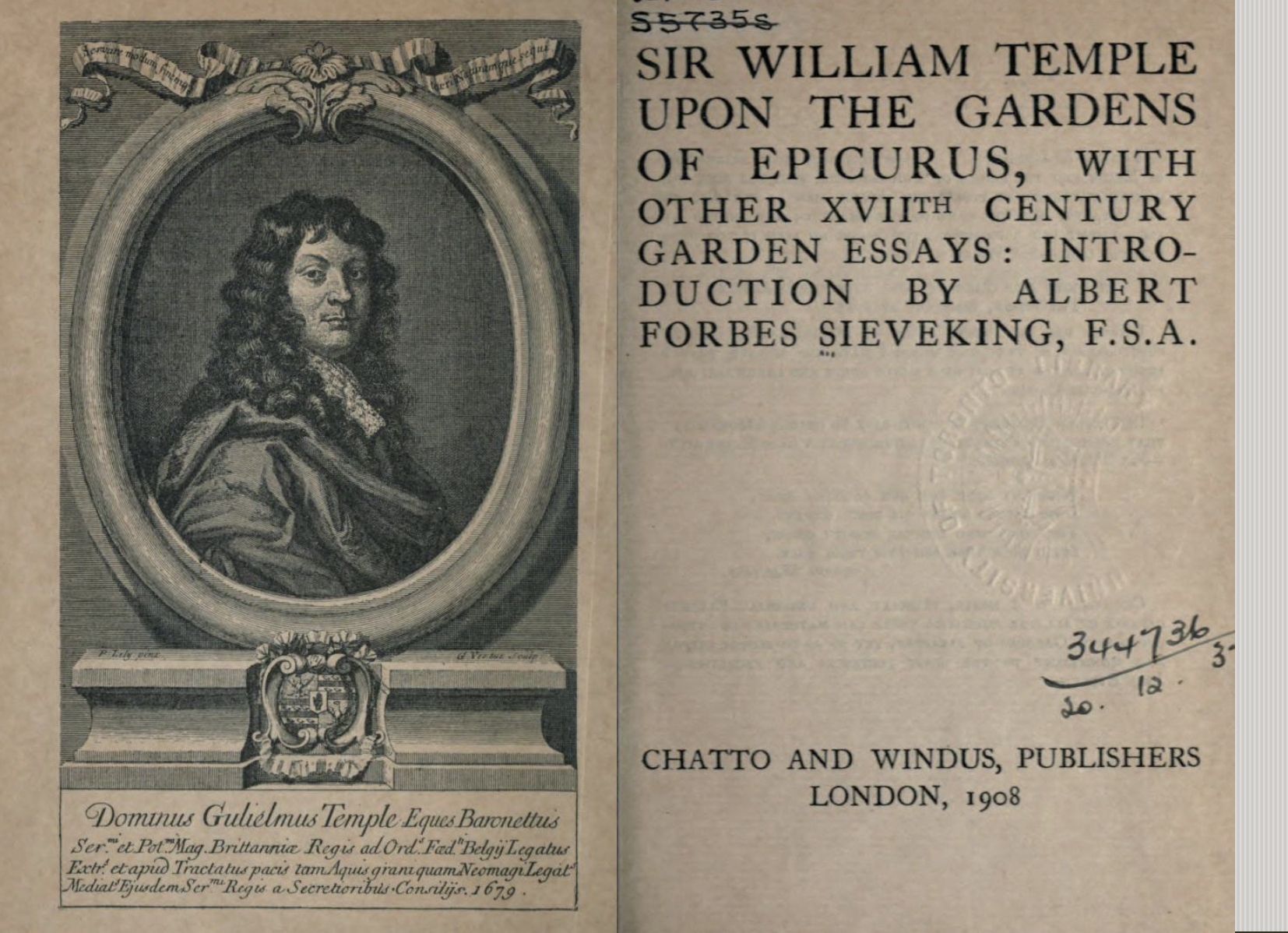
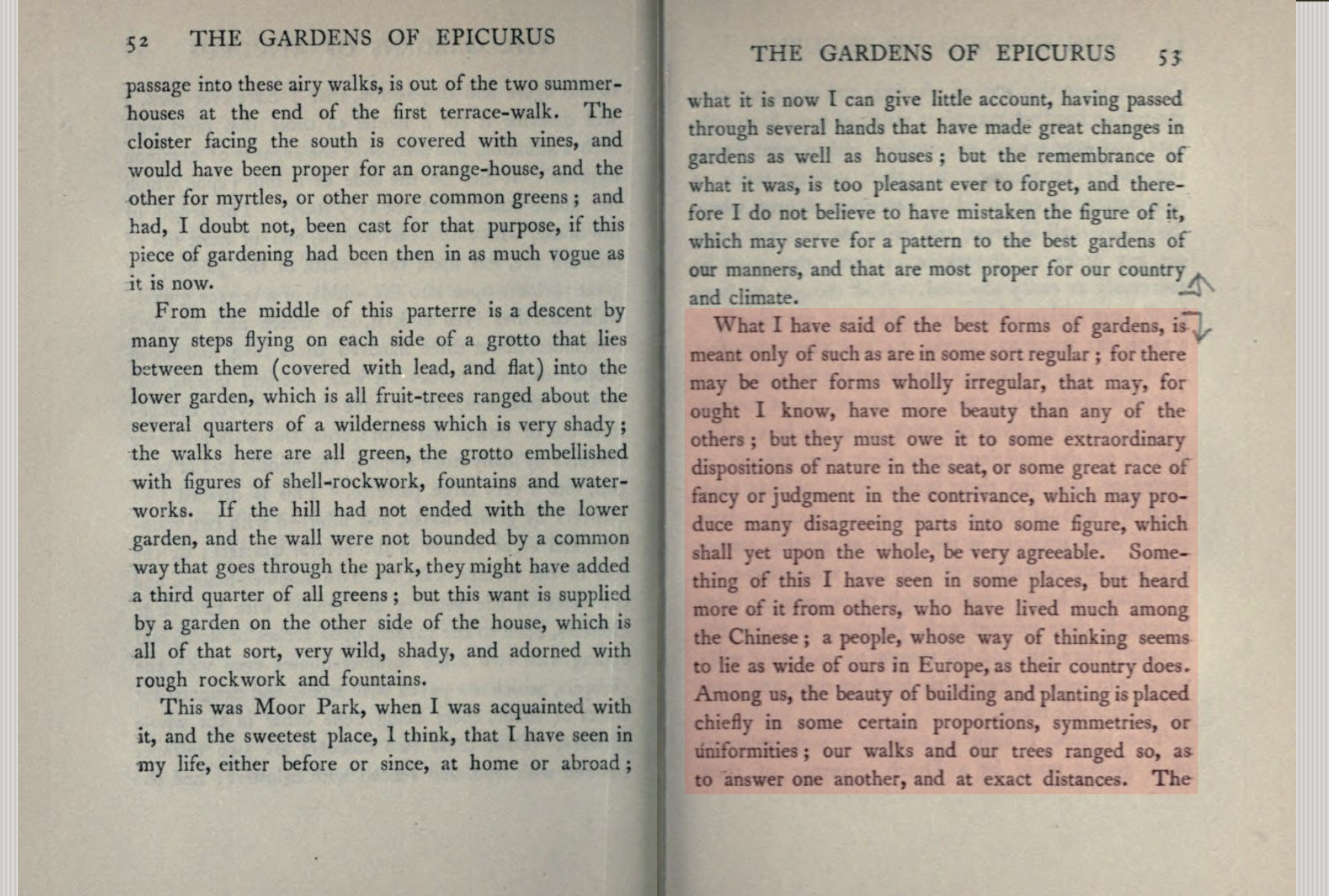
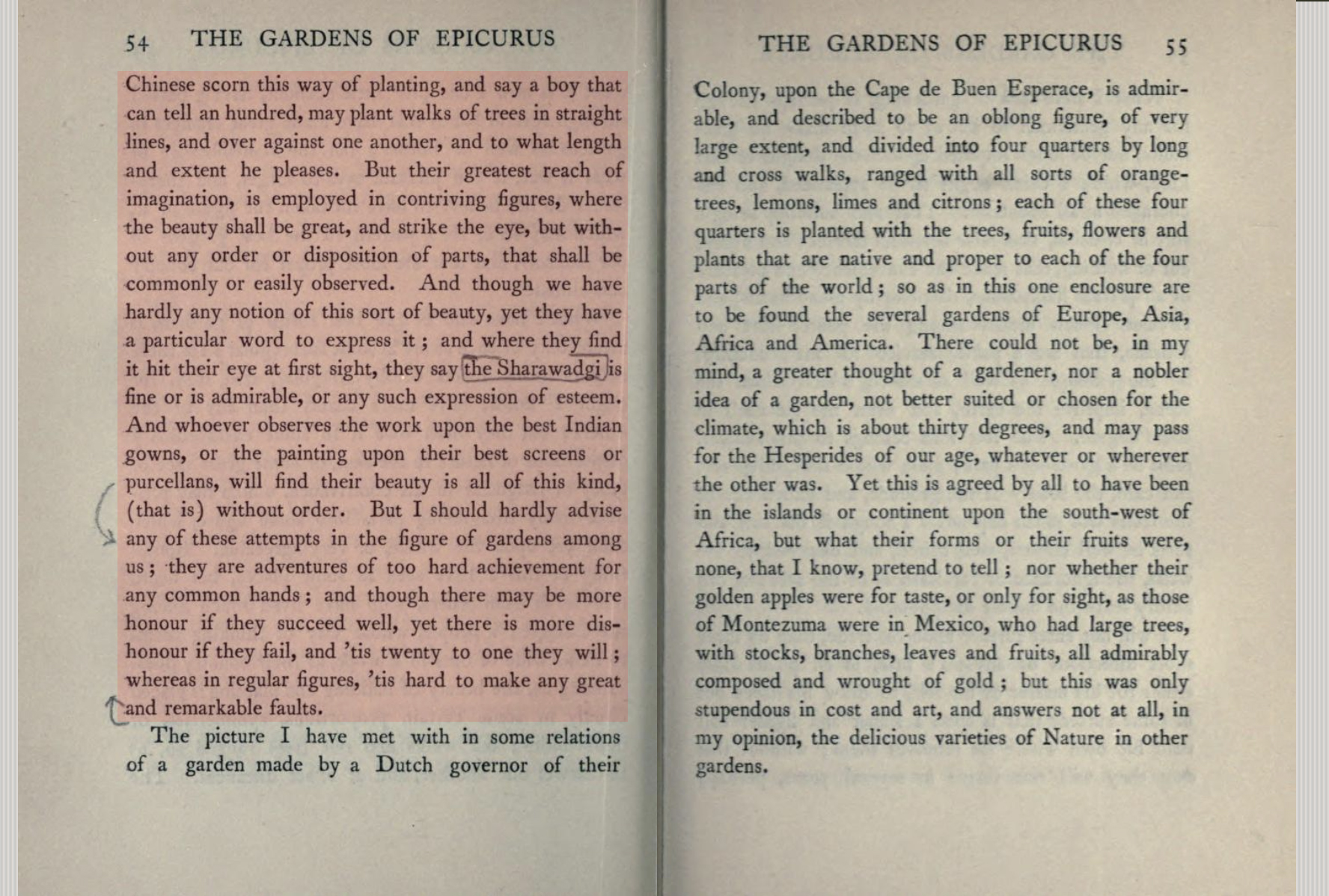
Sir Willian Temple, Ambassador to the Court of Queen Elizabeth 1st, wrote a book called, Upon the Gardens of Epicurus. In it he discussed the best forms of European gardens, suggesting they succeeded through a display of regular forms. He went on to say that “there may be other forms wholly irregular, that may, for ought I know, have more beauty than any of the others; but they must owe it to some extraordinary dispositions of nature in the seat, or some great race of fancy or judgment in the contrivance, which may produce many disagreeing parts in some figure, which shall yet upon the whole, be very agreeable.”
He said… “Something of this I have seen in some places, but heard more from others, who have lived much among the Chinese.” He claims that “their greatest reach of imagination is employed in contriving figures, where the beauty shall be great, and strike the eye, but without any order or disposition of parts, that shall be commonly or easily observed. And though we have hardly any notion of this sort of beauty, yet they have a particular word to express it; and where they find it hit their eye at first sight, they say the Sharawadgi is fine or is admirable or any such expression of esteem. And whoever observes the work upon the best Indian gowns, or the painting upon their best screens or porcelains, will find their beauty is all of this kind, (that is) without order.”
Sharawadgi is a surprising word. It does not sound Chinese, but if it is pronounced sha-ra-wad-gi, then the original phrase could be sa luo gui qi. (洒落瑰琦) This expression describes a condition when something has achieved an impressive or surprising quality through the use of a casual or disorderly process.
San luan "(散亂) and shu luo (疏落), both mean scattered and disorderly. When this phrase is linked to wei zhi, (位置) which refers to something’s position and arrangement, the term Sha-ra-wad-gi, used by Sir William Temple, would mean, a space that is aesthetically enlivened by disorder.
Site and Situation:

Stratford is a town in East London, within the ceremonial county of Greater London and the historic county of Essex.
Stratford grew rapidly in the 19th century following the introduction of the railway to the area in 1839, forming part of the conurbation of London, similar to much of south-west Essex. The late 20th century was a period of severe economic decline in the area, This was compounded by the closing of the London Docks in the 1960s. Around this time, the Stratford Shopping Centre was built, beginning efforts to guide the area through the process of transformation from a working-class industrial and transport hub to a retail and leisure destination for the contemporary age.
Eventually reversed by ongoing regeneration associated with the 2012 Summer Olympics, for which Stratford's Queen Elizabeth Olympic Park, part of the large, multi-purpose Stratford City development, was the principal venue. The Westfield Stratford City shopping centre, one of the largest urban shopping centres in Europe, opened in 2011. Stratford, Ilford and Romford are east London's primary retail, cultural and leisure centres. Stratford has also become the second most significant business location in east London after Canary Wharf.
All kinds of evidence show that Stratford developed rapidly after 2012, and a large amount of money was invested in construction. Many places in this area have undergone unprecedented changes. But in this area, there are still many neglected urban landscapes that have not been repaired and maintained. In my opinion, they are sad. Comparing the maps of 1980 and today,It can be found that several of these landscapes can still be traced on the map 40 years ago.

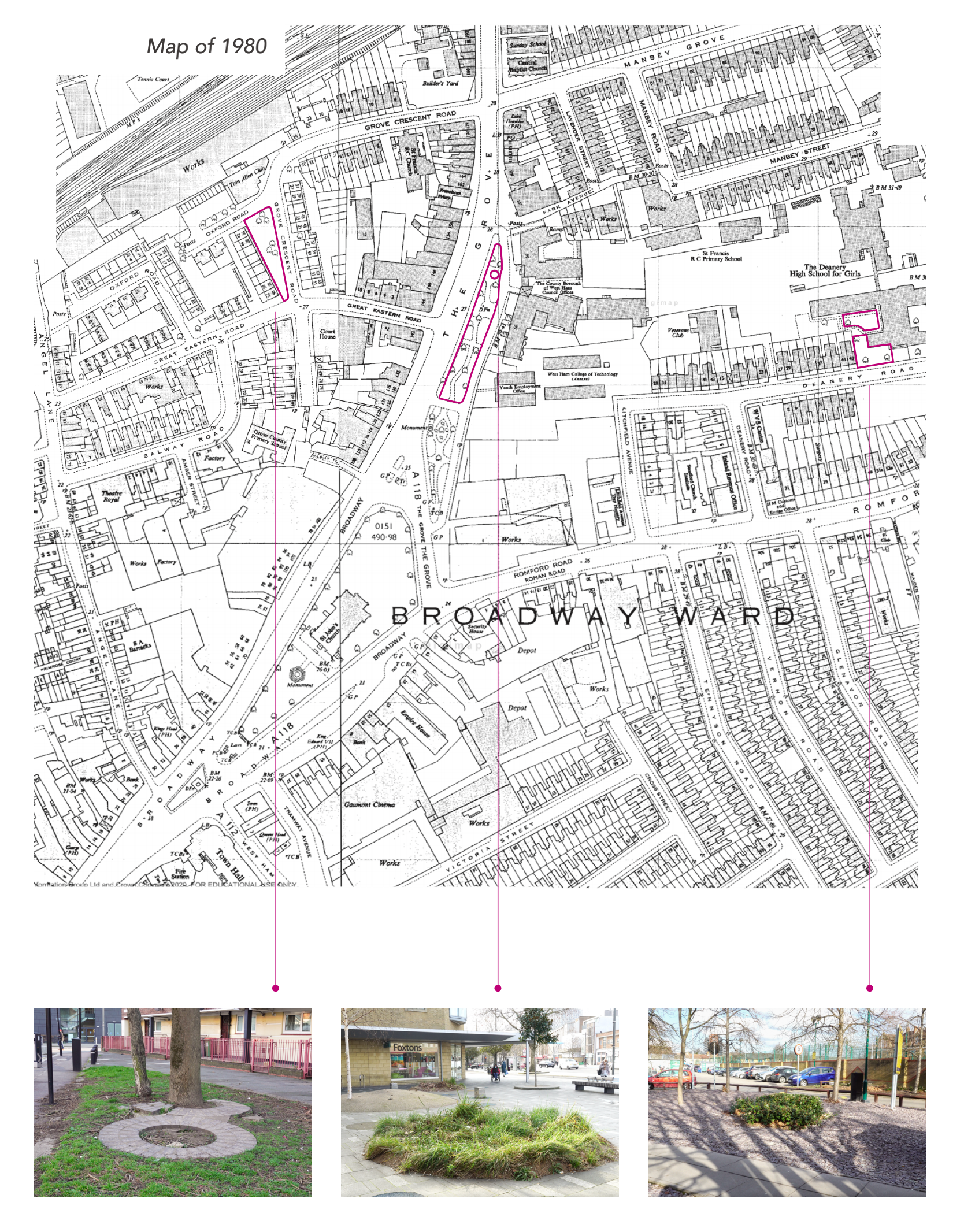
In such a time span, in such a rapidly developing area, these urban landscapes even remain their original appearance. In recent years, because of the epidemic situation, the government's financial funds have become tight. Under such circumstances, the disadvantages of these urban landscapes have become more obvious.They are sad, careless and neglected urban landscapes. These corners have escaped the attention of the developers or the committee in terms of their plans.
But are they worthless? Does the seemingly disorderly landscape have no aesthetic feeling?
How the mundane could become imaginary?
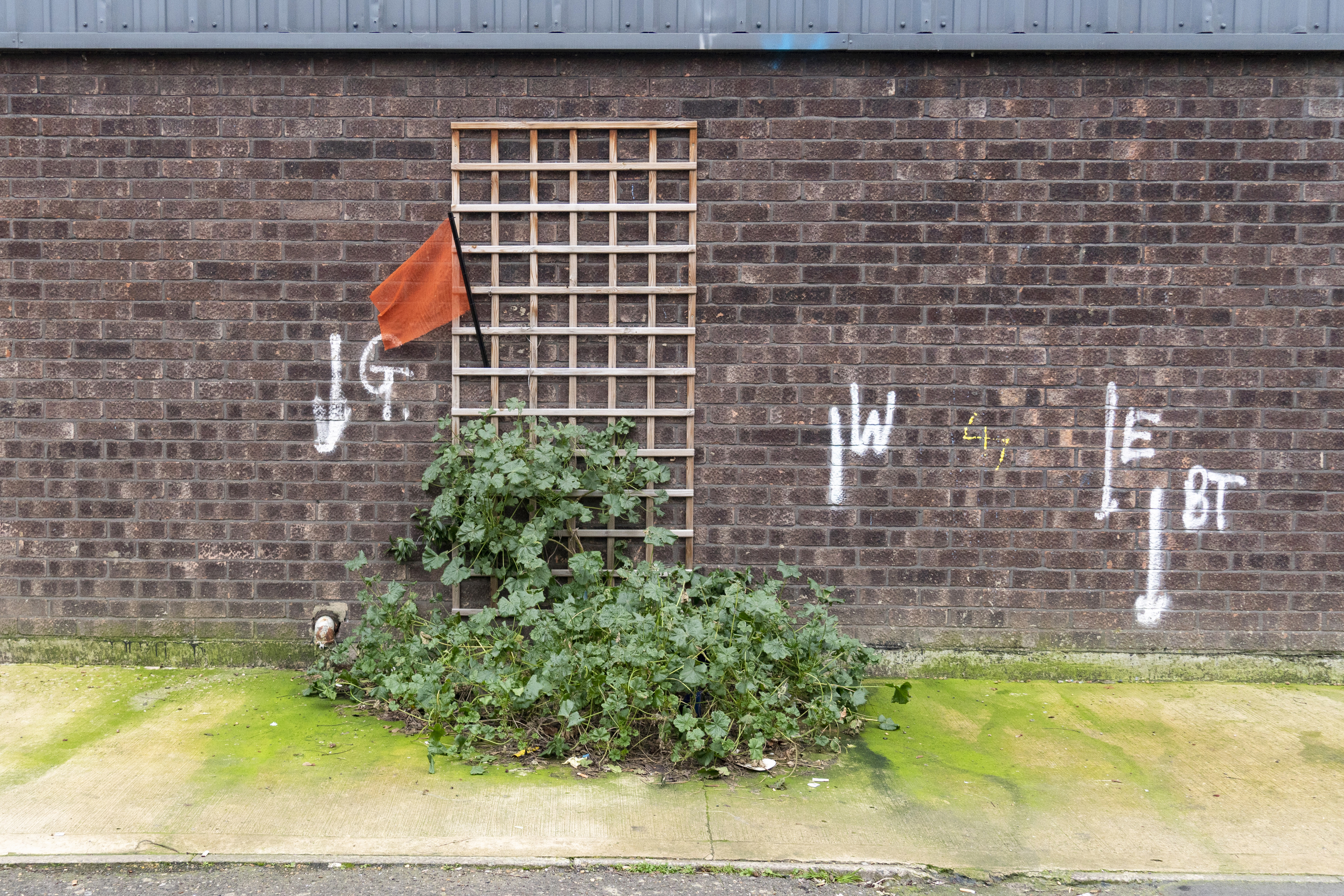
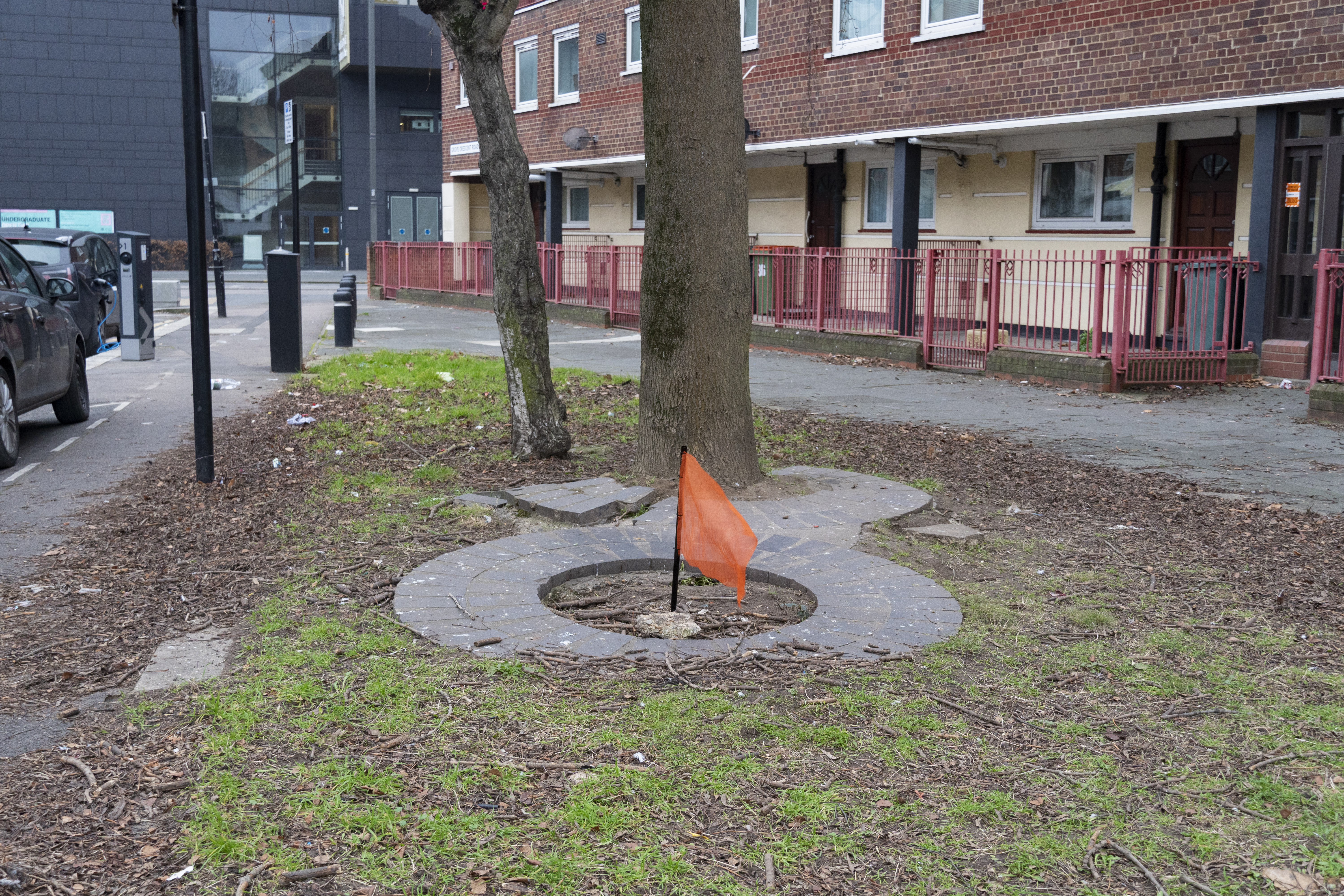
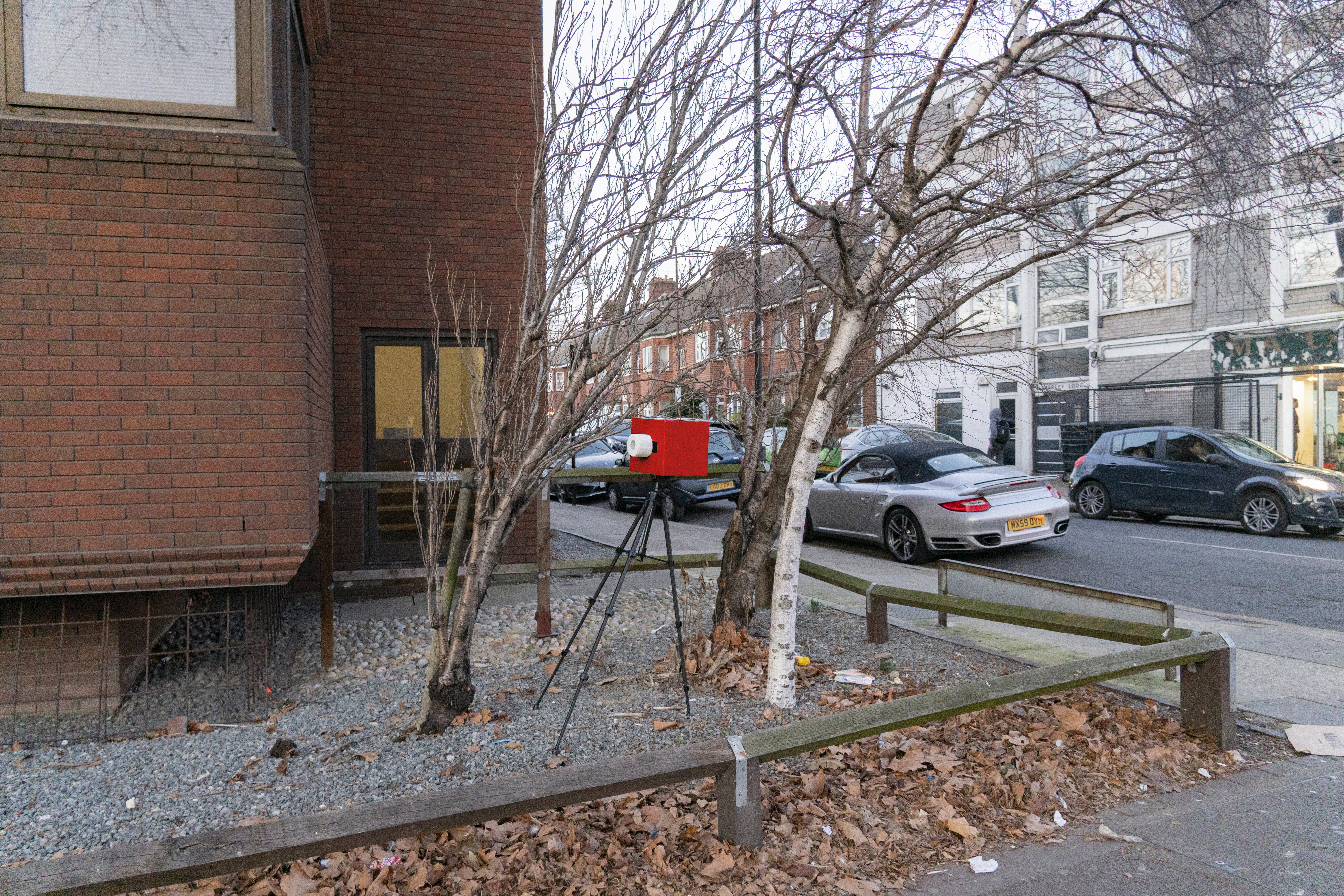
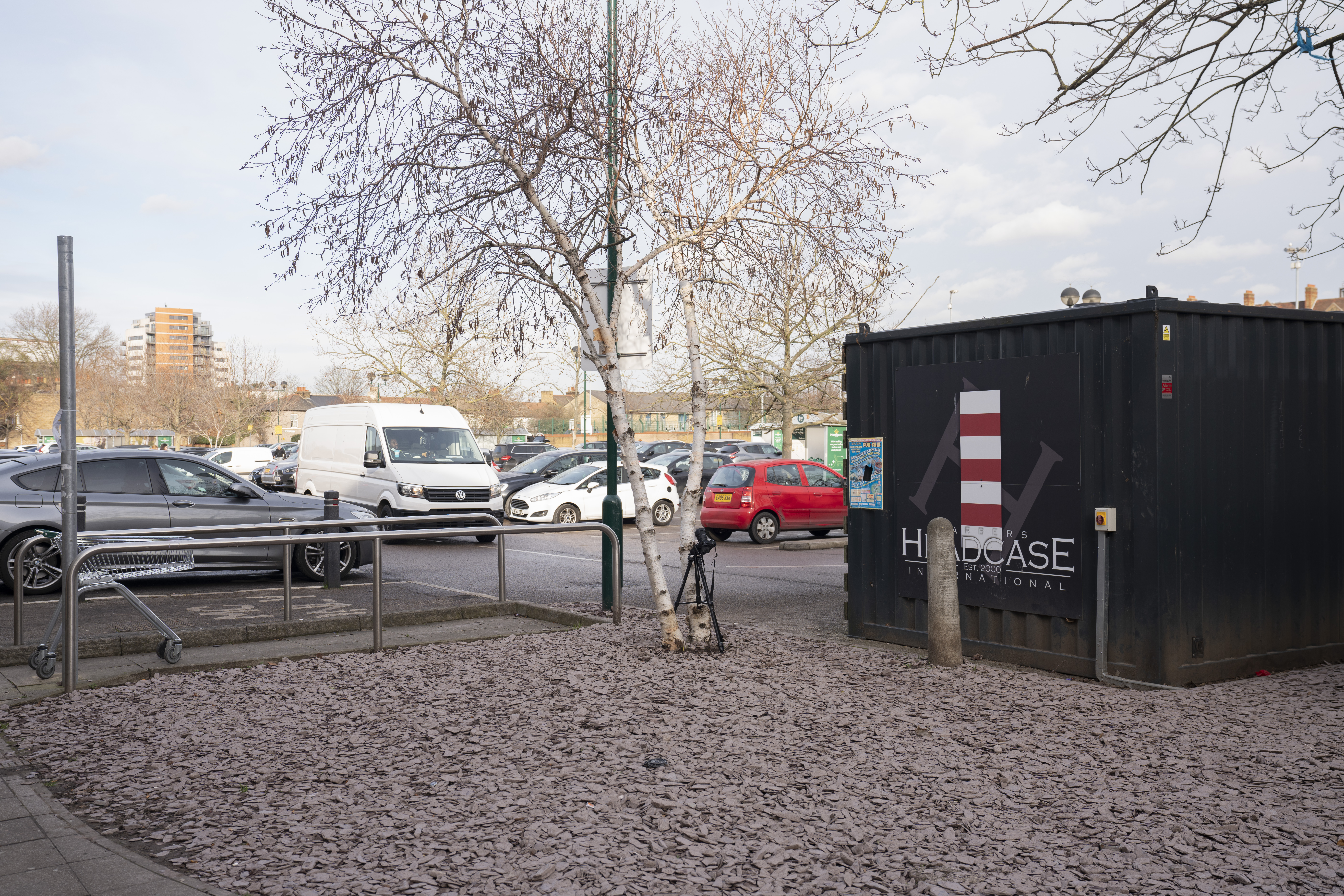

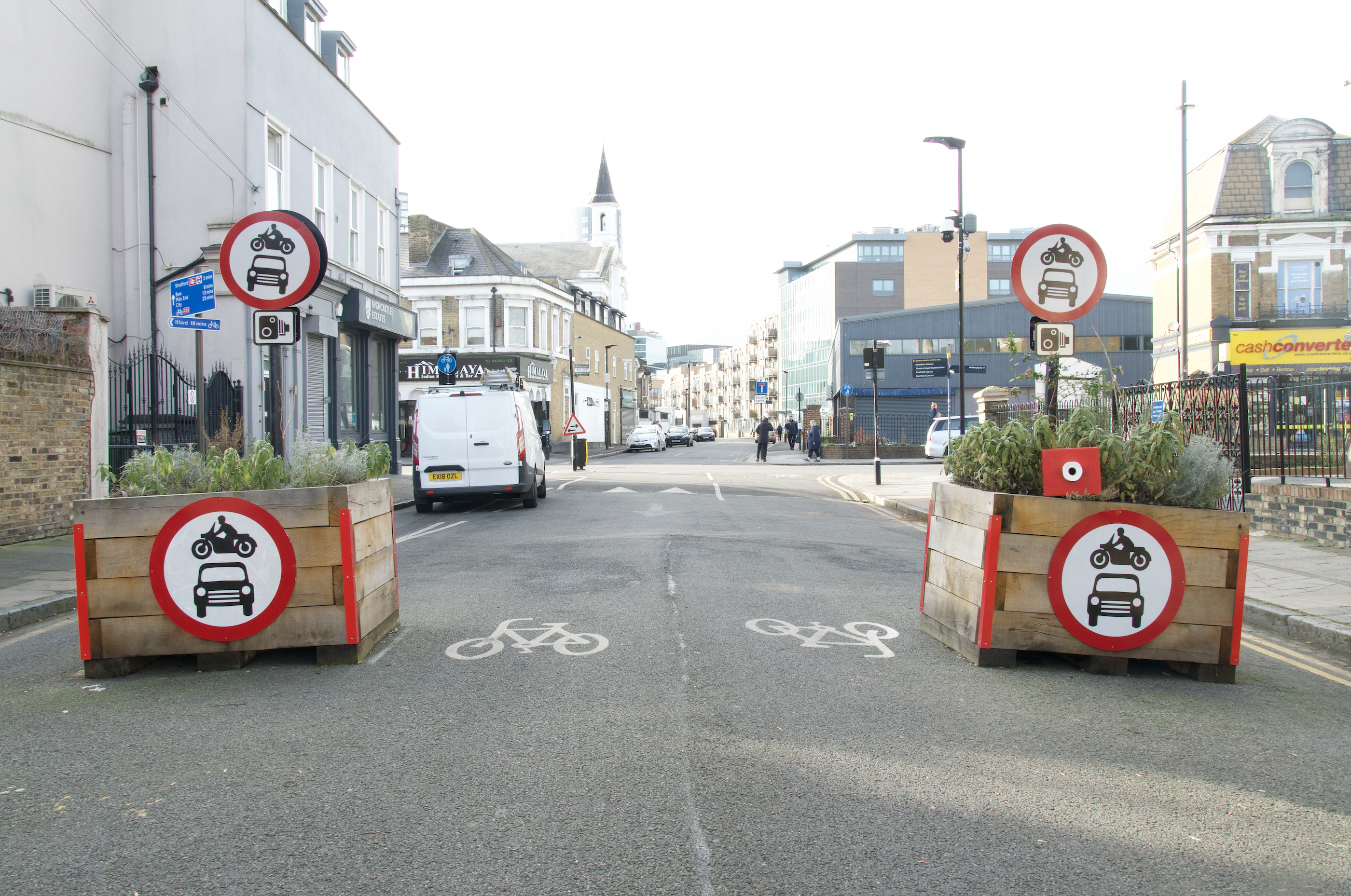
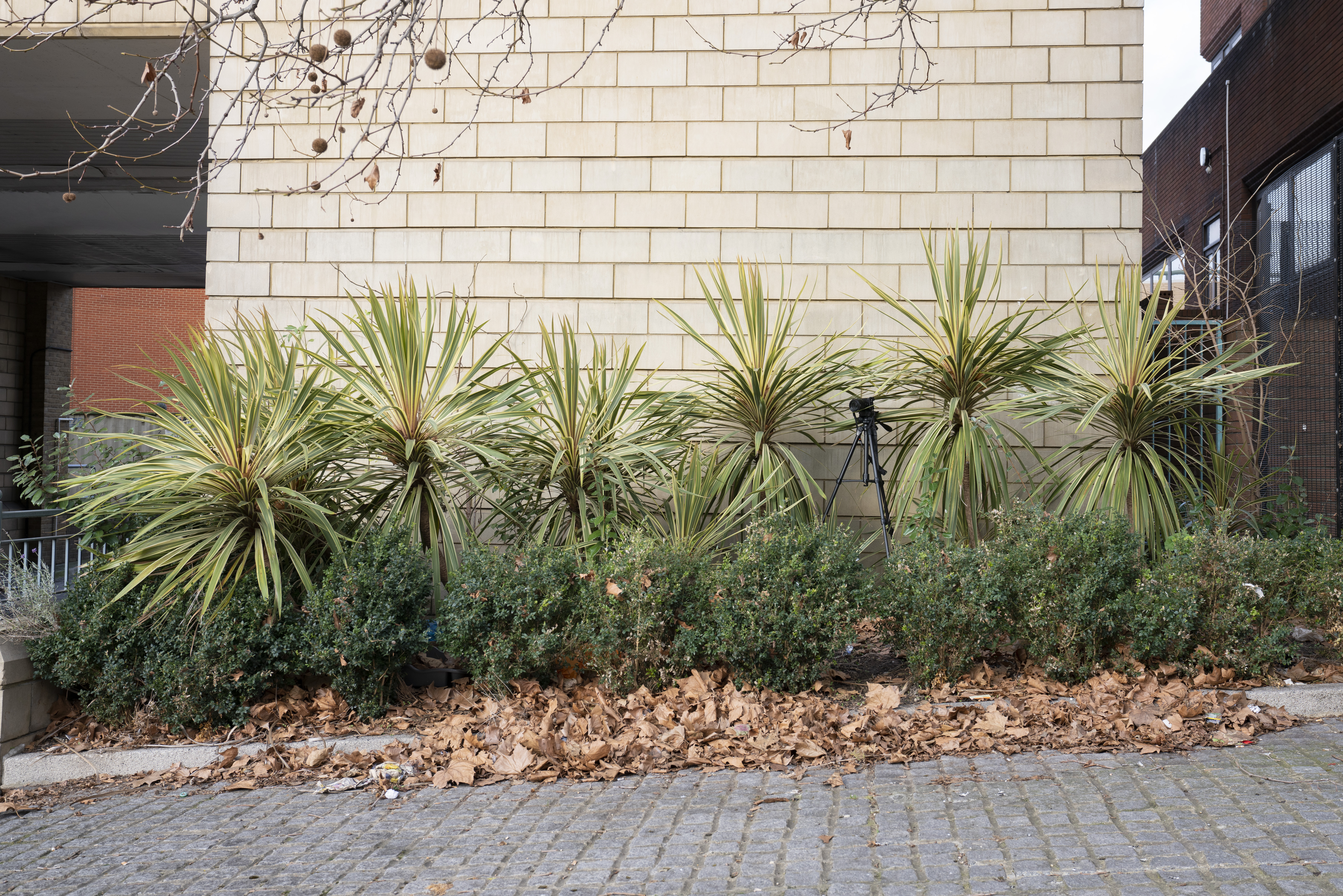

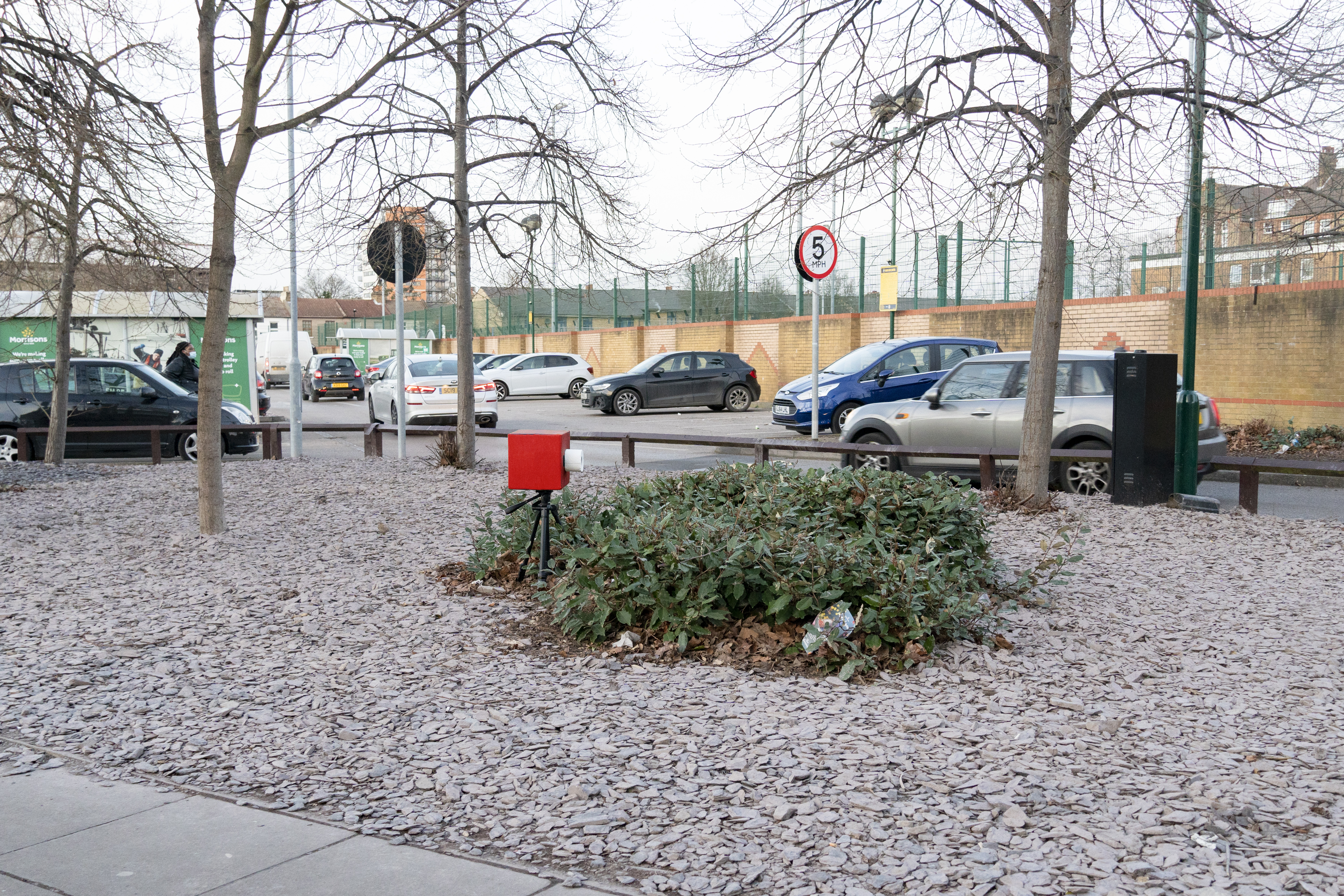
Live intervention : A man with a pistol
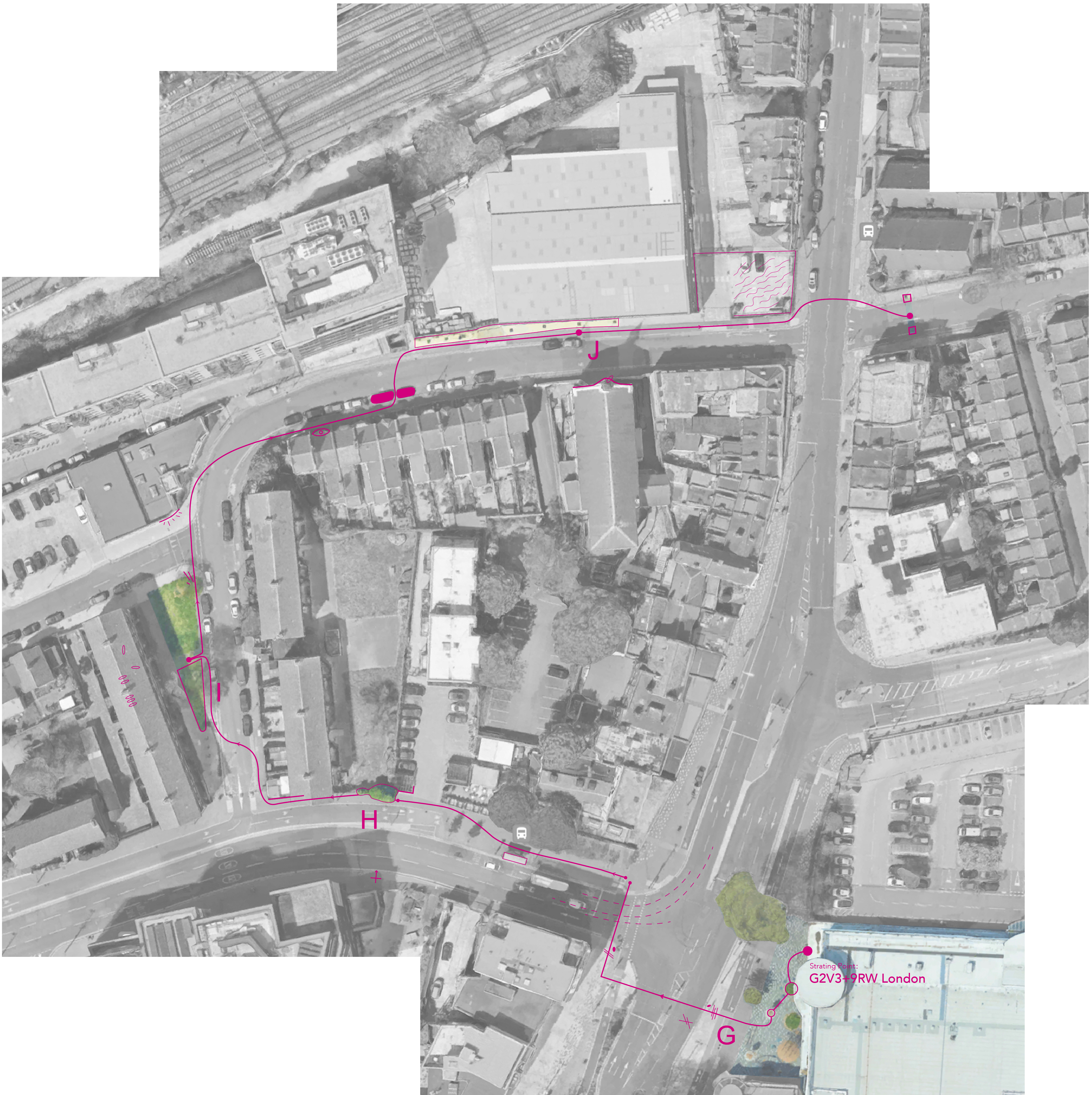
Part 1:
Part 2:
Sharawadgi | 2022